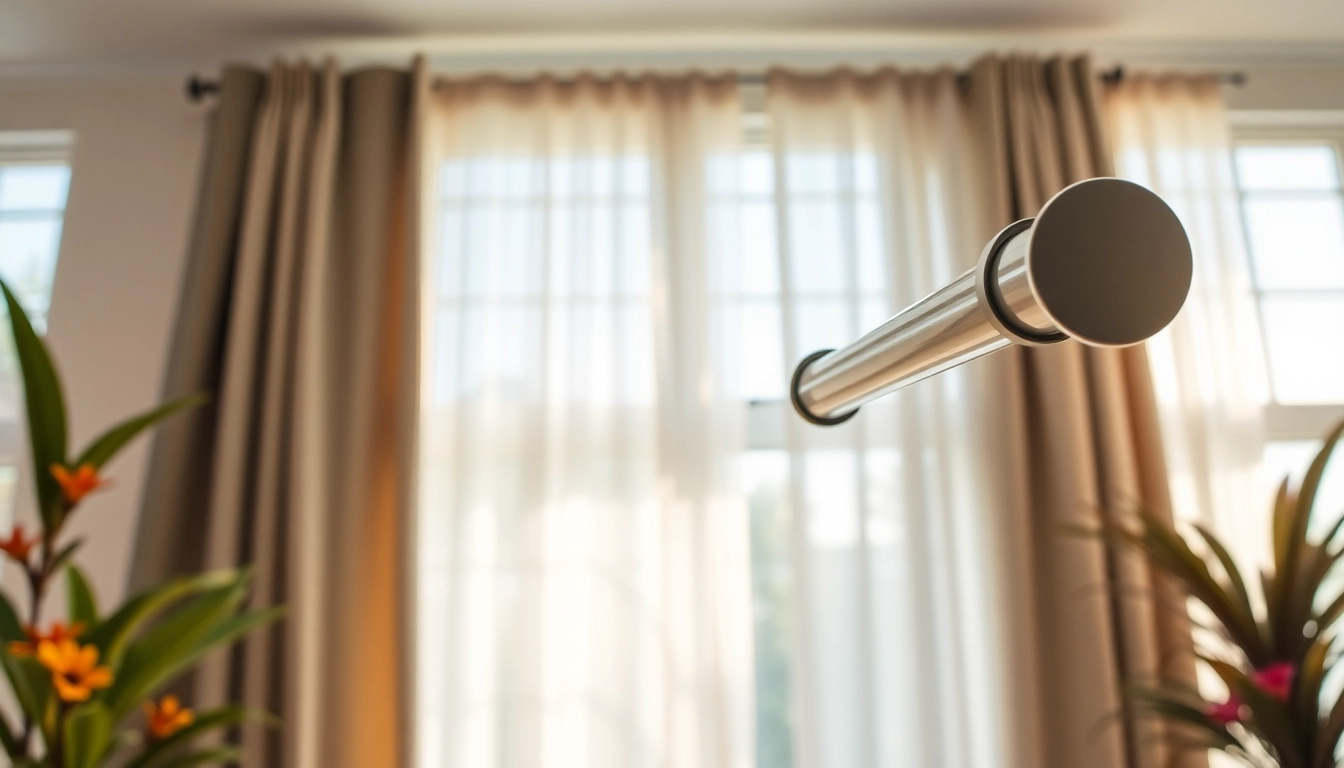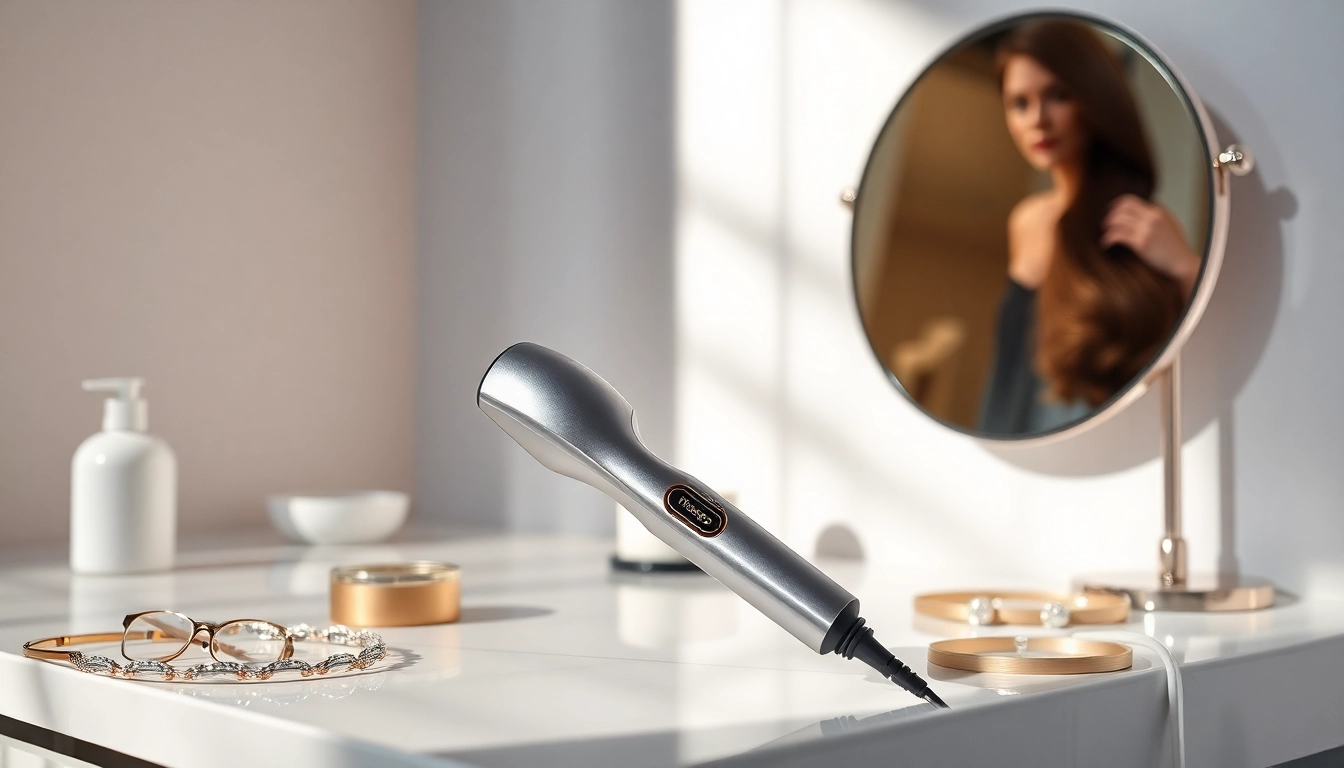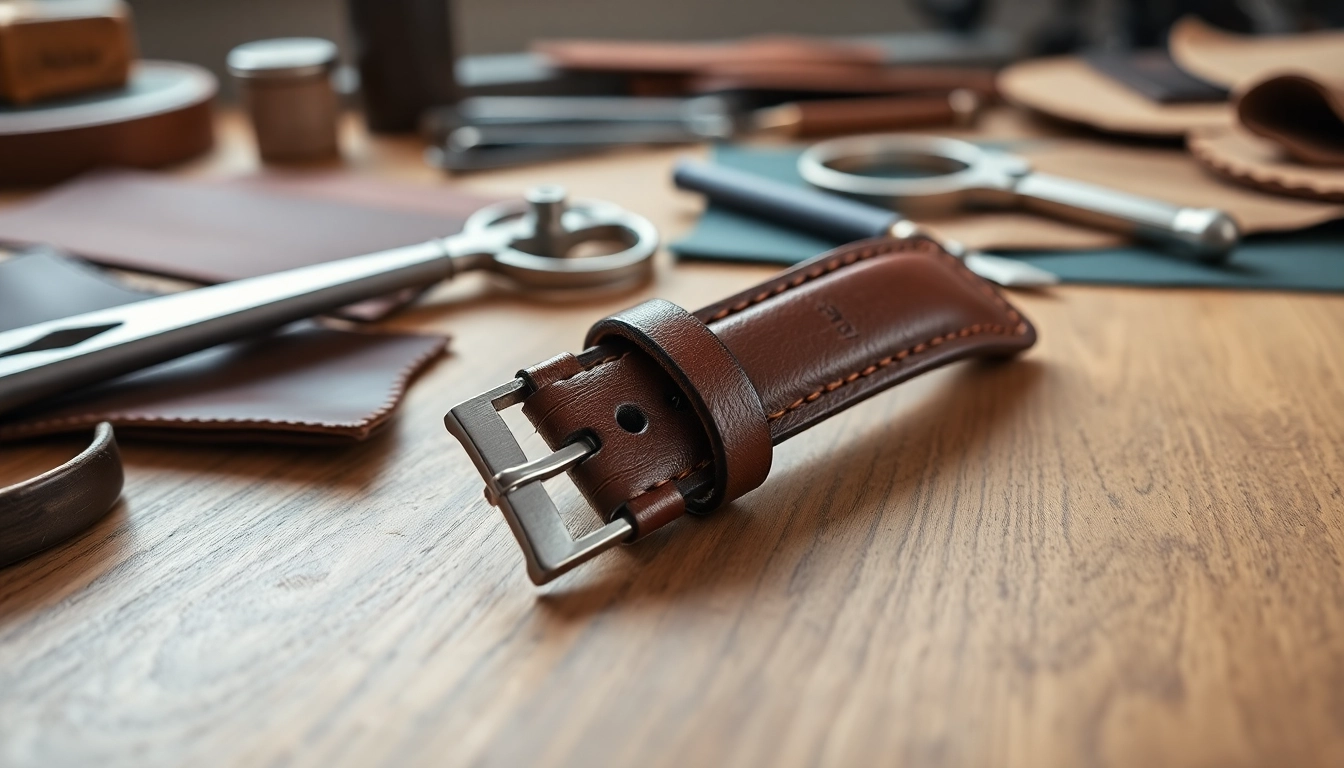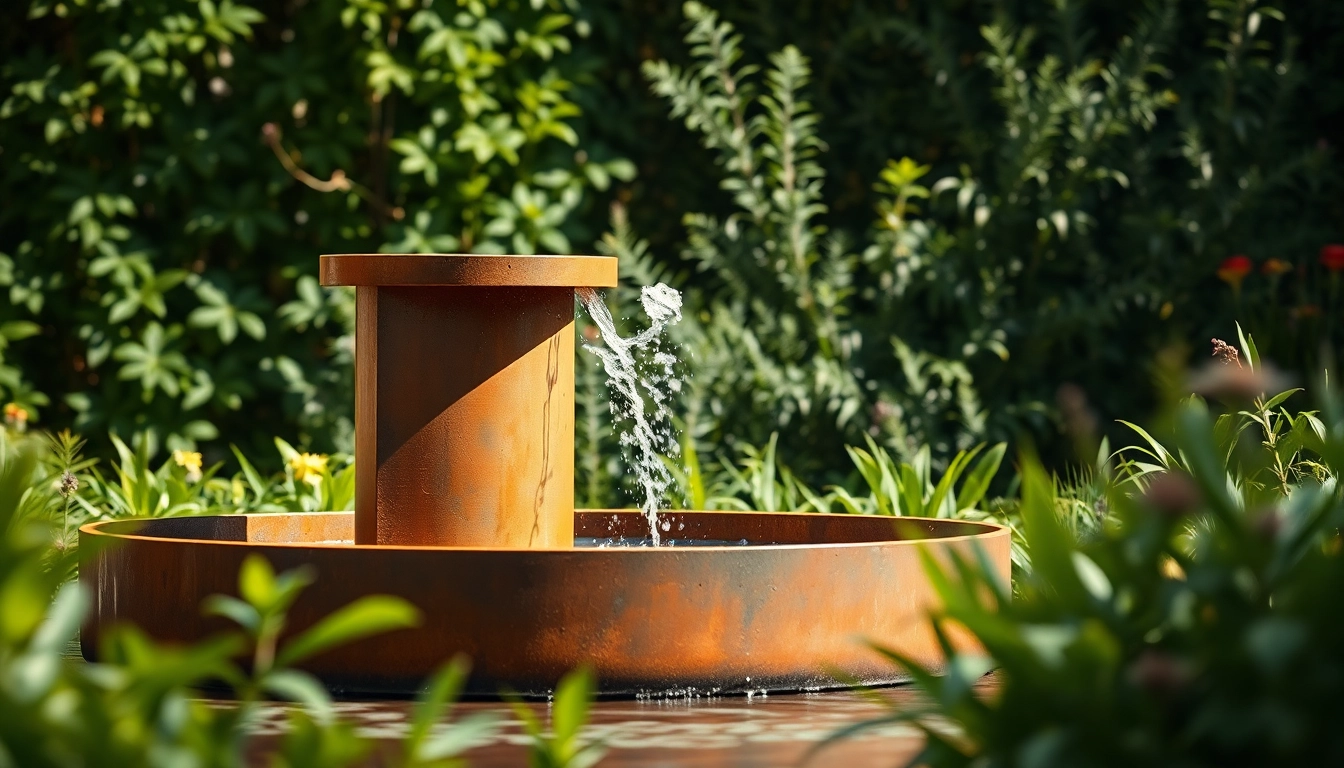Understanding Curtain Tracks and Poles
Curtain tracks and poles are essential components in the realm of interior design and window treatments. They serve as the foundational support for hanging curtains, drapes, and other fabric hangings, contributing to both functionality and aesthetic appeal. In a world where window treatments enhance interiors, understanding the differences and uses of these two options becomes vital for homeowners, interior designers, and DIY enthusiasts alike. In this article, we will explore the intricacies of Curtain tracks and poles, their benefits, and how to choose the right ones for your needs.
What are Curtain Tracks?
Curtain tracks are flexible or rigid lengths of material (usually plastic or metal) that allow curtains to glide smoothly. They can be mounted either on the wall or the ceiling and provide an unobtrusive way to hang curtains. The primary advantage of tracks is their capability to accommodate a range of styles and sizes, including pleated, tab-top, or eyelet curtains. Tracks can be either cord-operated, allowing for easy opening and closing from a distance, or hand-drawn, in which the user manually pulls the curtain along the track.
Types of Curtain Poles
Curtain poles, on the other hand, consist of a rod and brackets and are typically mounted on walls. They come in various materials such as wood, metal, and plastic, and feature decorative finials to add a touch of style. Curtain poles are generally easier to install than tracks and suit various curtain styles, particularly those with rings or hooks. They are available in single or double configurations, allowing for layered looks with curtains and sheers.
Benefits of Using Curtain Tracks and Poles
Choosing the right system for your curtains can significantly impact both the functionality of your window treatments and the overall style of your space. Curtain tracks provide a more streamlined and modern appearance, making them suitable for minimalist designs. Additionally, their ability to support heavy fabrics can be advantageous for large windows or spaces that require substantial coverage.
Curtain poles, with their sturdy design and decorative elements, lend a traditional feel and can serve as a focal point in a room. They allow for versatility in styling and work well with various materials, from lightweight curtains to heavier drapes.
Choosing the Best Curtain Tracks and Poles for Your Needs
Factors to Consider When Selecting Tracks and Poles
When deciding between curtain tracks and poles, consider several factors:
- Window Type: The size and type of window will influence your choice. Larger, heavier curtains might perform better on tracks, while decorative poles can enhance smaller windows.
- Style: Depending on your interior design style, you may prefer the sleek look of tracks or the ornamental appearance of poles.
- Material: Consider the material of the curtain fabric and choose a corresponding track or pole that can support its weight.
- Functionality: Determine whether you want a cord-operated or hand-drawn system and choose accordingly.
Measuring for Perfect Fit
Accurate measurements are crucial for ensuring a perfect fit for your chosen curtain tracks or poles. Measure the width of your window or the area where you plan to install the poles or tracks, and consider any allowances for the style of curtains you intend to use. You’ll also need to decide the height at which the tracks or poles will be mounted for optimal functionality and style.
Color and Design Considerations
The aesthetic appeal of your curtain tracks or poles can greatly influence the overall look of your room. Choose colors that complement your existing decor and consider finishes like matte, glossy, or textured options that can enhance your interior design scheme. Additionally, decorative aspects, like finials for poles, can add a customized touch that reflects your style.
Installation Guide for Curtain Tracks and Poles
Tools and Materials Required
Before you begin the installation process, ensure you have the following tools and materials on hand:
- Curtain tracks or poles
- Mounting brackets
- Screws and wall anchors
- Drill and drill bits
- Level
- Tape measure
- Pencil for marking
- Screwdriver
Step-by-Step Installation Process
- Preparation: Start by reading the manufacturer’s instructions for your selected tracks or poles. Ensure you have all parts available.
- Mark the Wall: Use a tape measure to determine where your brackets will be placed, marking the spots with a pencil for accuracy.
- Install Brackets: Drill holes at your marked spots and use wall anchors if necessary. Secure the brackets in place with screws.
- Attach Tracks or Poles: Once the brackets are in place, attach the tracks or poles according to the manufacturer’s instructions, ensuring everything is level.
- Hang Your Curtains: Finally, slide your curtains onto the tracks or poles. Adjust as necessary for appearance and functionality.
Common Installation Mistakes to Avoid
Even experienced DIYers can make mistakes during installation. Common errors include:
- Improper measurements, leading to tracks or poles that are too long or short.
- Failing to secure brackets properly, which might result in sagging or falling tracks.
- Not ensuring the installation is level, causing an uneven hang.
- Ignoring weight limits, leading to damaged tracks or poles.
Maintaining and Adjusting Curtain Tracks and Poles
Regular Maintenance Tips
To ensure the longevity and smooth operation of your Curtain tracks and poles, regular maintenance is key:
- Keep tracks clean and free from dust and debris to avoid any obstruction in movement.
- Regularly check brackets and screws for tightness, tightening or replacing as necessary.
- Inspect for any signs of wear or damage to the tracks or poles and address issues promptly.
How to Adjust for Smooth Operation
Over time, you might find that your curtains don’t glide smoothly. Common adjustments include:
- Lubricating the tracks with silicone spray to reduce friction.
- Realigning or tightening brackets that may have loosened over time.
- Replacing worn-out gliders on tracks to restore functionality.
When to Replace Your Curtain Tracks and Poles
Knowing when to replace your curtain systems can save you from further complications down the road. Consider replacement when:
- Tracks or poles show signs of significant wear, such as bending or warping.
- They become difficult to operate, resulting in frequent snags or jams.
- Style changes require an updated look that aligns with your current decor.
Creative Ways to Use Curtain Tracks and Poles
Using Curtain Tracks for Room Dividers
Curtain tracks can provide an innovative solution for creating movable room dividers. They allow you to segment space without permanent structure. Choose lightweight fabric to create an airy feel, or opt for thicker materials for privacy. This approach is ideal for studio apartments, home offices, or multifunctional spaces.
Innovative Curtains Ideas with Poles
Curtain poles can be used creatively beyond traditional window placements. Consider hanging drapes across a patio for a soft, romantic look or using them in open-concept spaces to delineate areas. You can even transform empty wall space into a gallery with fabric drapes to display art pieces.
Enhancing Decor with Custom Solutions
Custom solutions with your curtain tracks and poles can dramatically enhance your decor. Think about draping lights for a festive feel during events or featuring unique fabric patterns that tie together your room’s color scheme. The key is to experiment, allowing the functionality of your tracks or poles to blend harmoniously with your design ambitions.













Leave a Reply